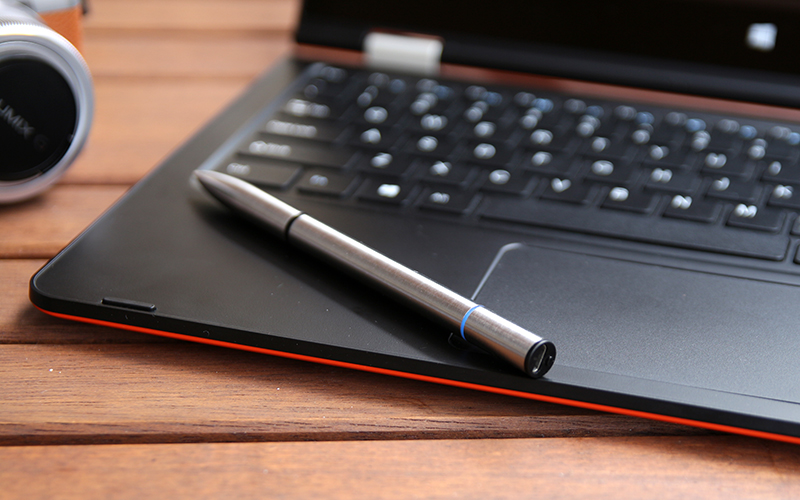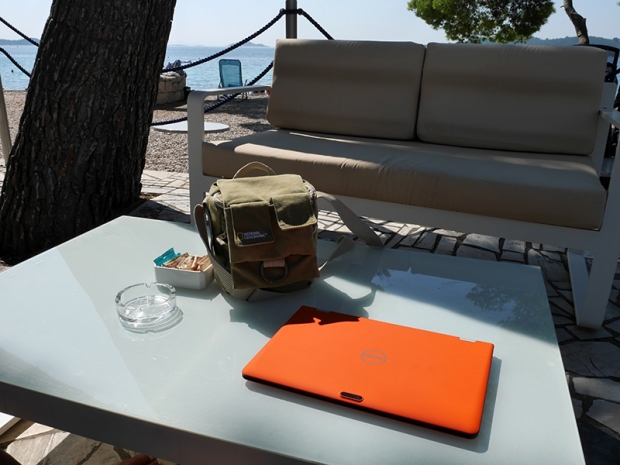Index
The Voyo V3 is obviously based on the Lenovo Yoga design, and for us this design concept seems more practical than most detachable 2-in-1 type devices, because you always have the keyboard in tow, ready to go.

It’s not a tablet mated to a physical keyboard, because the battery, motherboard, along with all ports and controls, are placed under the keyboard, as you’d expect in a real notebook. This allows for a thin and sleek screen design and a well-balanced device that’s not top-heavy and doesn’t tend to tumble when you use it in your lap.
The lid is just a few millimeters thick, while the whole device measures 16mm thick (not counting the rubber feet, obviously).

The attractive orange and black color scheme makes the Voyo V3 stand out in a crowd and attracts a lot of attention. If you don’t like attracting attention, a dark gray - black color scheme is also available.

Like we mentioned in our review of the smaller Voyo A1 model, we love the soft rubbery finish used on the outside of the lid and the bottom. This material provides a soft, silky feel and great grip, and based on our extensive experience with the smaller model, we can say it’s very resilient to scratches and fingerprints.

The keyboard has a matte plastic finish, and unfortunately it proved to be a magnet for smudges on the palm rests. The keyboard sports a standard layout, with three small status LEDs placed below the cursor keys. We love the fact that Voyo decided to add these LEDs, as we missed them on the smaller A1 model.
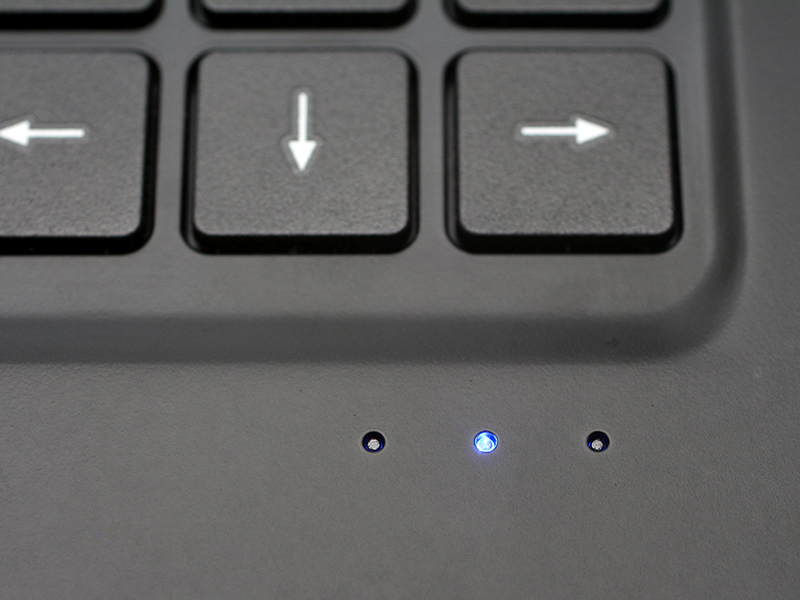
Otherwise, the build quality is very good considering the price. The Voyo V3 measures 330 x 220 x 16mm (12.99 x 8.66 x 0.63 inches) and weighs a modest 1659 grams, thus it is very compact and lightweight for a budget 13-incher. The sleek lid is just 6mm thick, while the bottom part with the keyboard is 10mm thick, not taking the rubber feet into account.
In full tablet mode, with the keyboard fully rotated under the screen, the device is 19mm thick.

The highlight of the device remains its 13.3-inch IPS 1080p panel with great viewing angles and image quality. To be honest, we weren’t expecting such a good display on a cheap device, but we will get to that later.
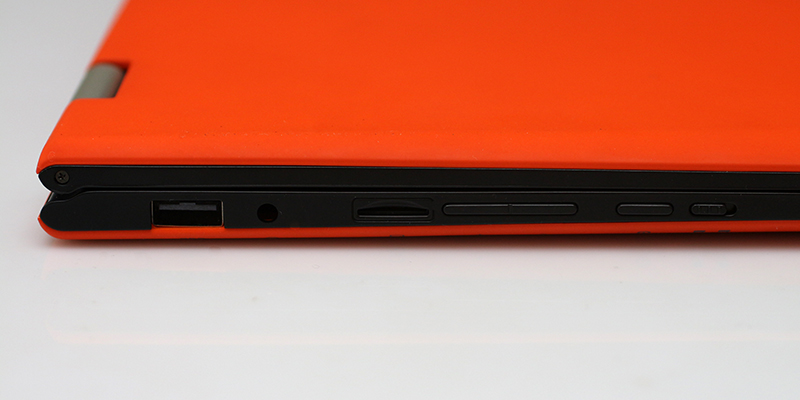
The plastic power and volume buttons are located on the left side, along with the keyboard lock switch, a single USB 2.0 port, and standard 3.5mm audio output. A SIM slot is present as well, but we tested the WiFi only version, without the integrated 4G modem. The power button is sometimes hard to distinguish from the volume buttons, so you can accidentally press it while trying to adjust the volume. This is not much of an issue once you get used to it, but the designers should have gone the extra mile to make it a bit different and easier to distinguish from neighboring buttons.
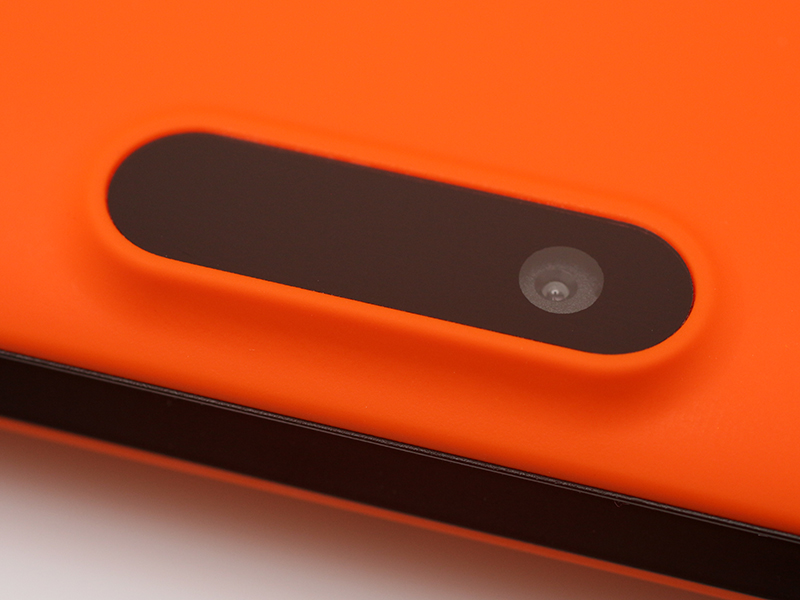
Unlike the original Yoga, the Voyo V3 has front and back cameras. The rear camera is useless in tablet mode, since it is completely covered by the keyboard when it’s rotated. We think Voyo would have been better off ditching the rear camera altogether and going for a better front-facing unit.
The micro SD slot, micro HDMI, one USB 3.0 port and a power connector are all located on the right side of the device. There is also a blue charging LED next to the power connector.
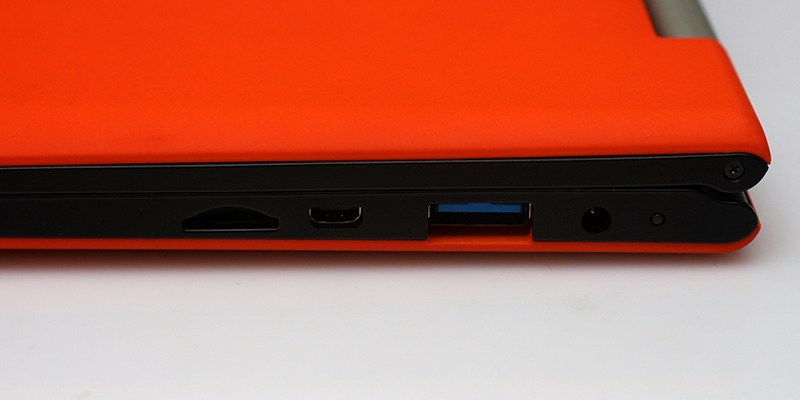
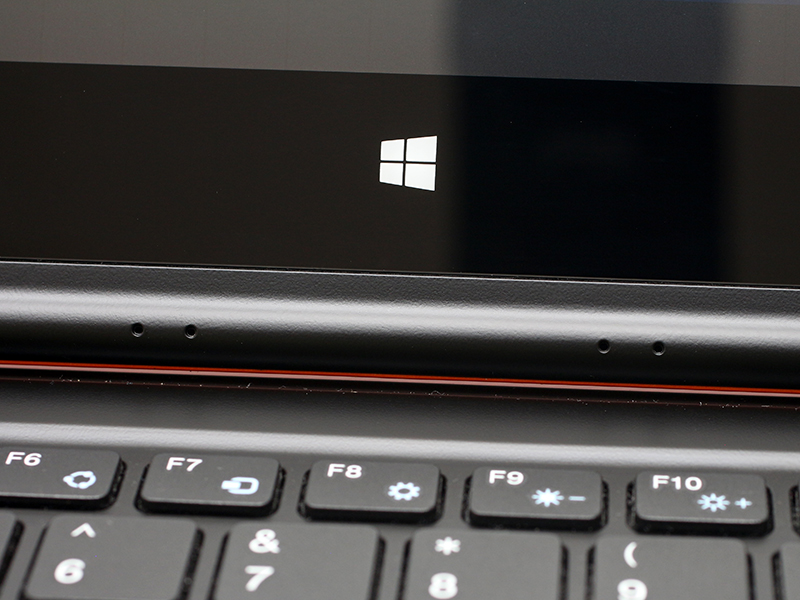
The screen hinges are made out of metal and they work quite well, providing just the right amount of resistance in all configurations, whether you want to use it as a tablet, notebook, or something in between.
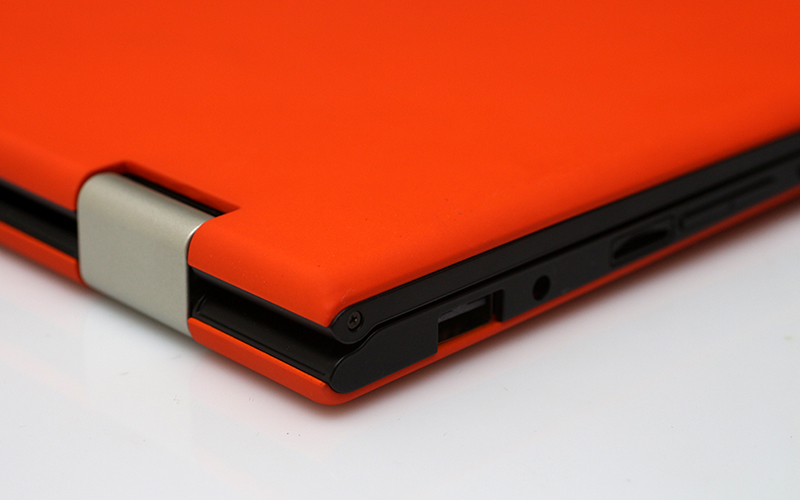
Voyo V3 also ships with an interesting looking metal stylus. The stylus itself looks great and we were eager to try it out. Sadly, the stylus is not pressure sensitive and needs to be charged before use, via a micro USB cable. It works fine, but the need to charge the stylus put us off using it. In the end, our fingers are always there, ready to go, and don’t have to be charged. We guess the stylus could come in handy for some basic sketching, but passive, pressure sensitive solutions are much better.
